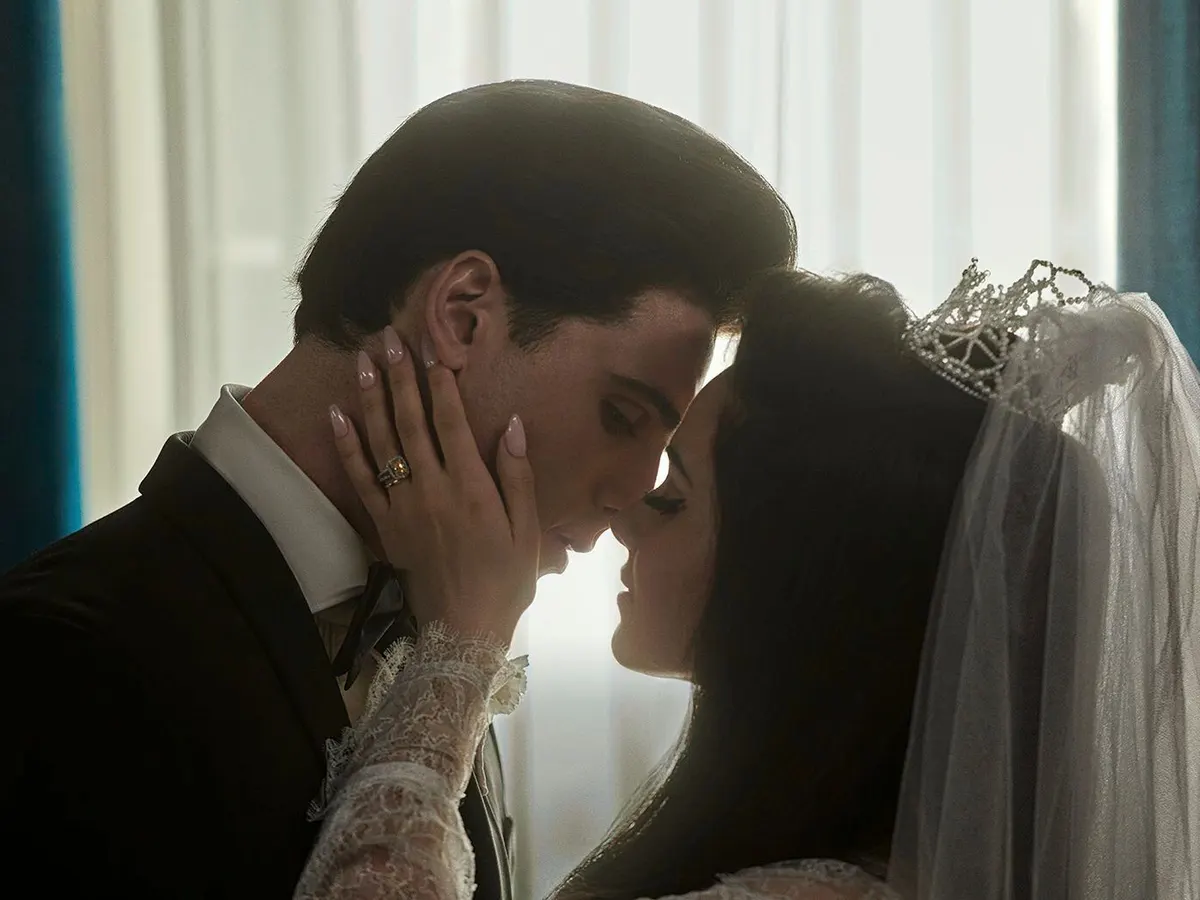I cannot erase the memory of laying in your room
Candlelight burning as we whispered sweet nothings
Limbs entangled with smudged mascara
I didn’t care about my messy hair
The memory of your room haunts me
Your ghost doesn’t care that I’m not there
Nothing is ever casual to me
Never ordinary
Never just a feeling
Never just a fling
I feel everything to it’s full extent and I hate that you know that about me
You showed parts of me that I’ve never seen before and I am grateful but so angry that you aren’t around anymore
Nothing about what we had was ordinary
But god what a dull goodbye
You hugged me and I didn’t shed a tear until you were no longer in sight
The reality that I will never lay peacefully in your bed again kicks in and I am alone walking home to the place I know I don’t belong
brown eyes blue
Your “truth” pierces my heart on a Sunday night
Sweet nothings whispered gently in the early hours of the morning now mean nothing
Feelings I can only feel with you
Erased from my brain in an act of self preservation
Your gentle eyes see right through me
I know my heart feels more
I know yours is far from mine
The eyes I once admired in the depths of the night have made mine blue
I should have woken up in your arms this morning
Instead I woke up in a state of denial
The pain lingers as I lie in the bed where I ended it
I would rather lay in my bed of pain healing my wounds
Instead of lying in your bed of lies, denying the lack of love for a sense of warmth
You replaced me before I was even gone
Shadows of the man you used to be pass through my mind
Perhaps your act was all too good
The second you laid with another I was gone
Perhaps that was your goal all along
this is the end
I kiss you, just to kiss you
Not because it will lead to sex
I want you, I do
But I want all of you
I kiss you to feel every part of your mouth
To savour the taste of you
Because I know this too, is temporary
We will make love
We will entangle one another with affectionate words
I allow myself to feel it all
We play husband and wife and kiss goodnight
I want to dive inside your mind
Discover every pain and heartbreak and pain you have ever felt so I can heal you
I know that ultimately you simply don’t like me much
So I will kiss you again
Just to kiss you
Just to feel you
And you will kiss me
You will feel me
But you will not have me
Hopeless romantic with a hopeless lover
I’d let you ruin my sleep
I’d let you kiss me with morning breath
But when I am by your side
You hold me like a temporary being
I’ll put on my make up to make my eyes pop
But they light up when I see you anyway
I wish I could hide that from you
You don’t see yourself in my eyes
I see you from across the room
In my eyes you are a mirror ball, lighting up the room
You do not see me and I know that is for the best
But I wish I knew what changed
Why do I not shine for you like I used to
In love with my melancholy
I cannot argue with your ghost
Cannot reason with the dead
I take your silence everywhere with me
I carry it like a wounded bird
It is likely that you do not think of me fondly
I split my emotions at the bar and became the thing you feared
Arrogantly, I stand right where you left me
Priscilla – Review
‘What are you, a junior? Senior?’
‘9th’
‘9th what?’
‘9th grade”
Sofia Coppola’s ‘Priscilla’, based on Priscilla Presley’s book; ‘Elvis and Me’ explores the infamous relationship between Elvis Presley and his wife, Priscilla. We first meet a fourteen-year-old Priscilla who is approached by Elvis (twenty-four at the time) while he is stationed in Germany for military service. Coppola makes no attempt to shy away from the uncomfortable ten-year age gap and the evident power that Elvis held over Priscilla. We first meet Priscilla as a young, impressionable schoolgirl. Cailee Spaeny portrays Priscilla beautifully, first as the baby-faced schoolgirl, enamoured by the spectacle of Elvis. Later we see Elvis’ influence as well as his manipulation over Priscilla as he chooses her clothes, hair, and make-up, curating her into the perfect wife. In classic Coppola montage style, we are given a makeover scene with yet another iconic soundtrack. Priscilla is branded with her iconic winged eyeliner and dyed black beehive hairstyle. Priscilla essentially becomes Elvis’ doll, loitering around Graceland with beautiful outfits and perfectly styled hair and make-up, awaiting a call from Elvis while he is on set or having affairs with other women. It is evident that Elvis wants Priscilla to exist solely for him and be the perfect wife according to his way of life.
We watch the breakdown of the Presley’s relationship through a variety of tabloid headlines, articles, and letters. Coppola highlights the relevance of the celebrity spectacle, a common theme in Coppola’s filmography. The absence of Jacob Elordi’s Elvis in these key moments of marital breakdown highlights this importance of the “image” of Elvis as this untouchable, unattainable figure whereas the reality of the situation is clear as Priscilla attempts to navigate the end of girlhood and the start of womanhood with the supposed man of her dreams. Coppola navigates the subject of evolving from girlhood in a way that is almost universal to every woman watching Coppola’s films. Priscilla starts off as a teenage girl with a crush and a dream and ends the film with the courage to leave the life curated for her by a man who she knows is not right for her.
Elordi’s performance as Elvis is subdued yet powerful, capturing the essence of Elvis whilst allowing Priscilla’s narrative to be the one of importance. Other reviewers have suggested that Priscilla “destroys” Elvis’ reputation, I would argue that it simply shows the reality of the relationship between the couple as well as the difficulties of being one of the most famous couples in America. Coppola often plays with the subject of fame and the power it holds over her characters, showing both the highs and the lows.
Sofia Coppola’s Priscilla is a triumph, once again showing her incredible ability to capture the pain and beauty of girlhood and womanhood.
cool girl
Oh how she longs to be the cool girl
Instead she will replay every moment that went wrong
Every word, every glance, every interaction at the bar
She will wear perfume in her hair
She will hope the smell lingers and reminds him of her
But instead it will bring him bitter memories
Of the girl who could no longer play it cool
She felt too much
She said too much
She was too much
always the poet, never the poem
I wash my hair for the first time since you left
The traces of your cologne are erased permanently
The last love bite you left is fading away
The first snow has fallen and you weren’t there
I stand at the bus stop you walked me to on our first date
The air was warm when we met
Now I stand in the same spot as the snow pierces my skin with no lover to hold
I stare blankly at my phone
Waiting for your call
I know nothing will come
I know my words were too strong
My feelings too much
I long so much to be the poem and not the poet
Prophecy: Review
Charlie Paul presents an astonishing documentary; ‘Prophecy’ on one of Scotland’s most famous artists, Peter Howson. I had the privilege of watching this film at the City Art Centre in Edinburgh followed by a Q&A with Charlie Paul and Peter Howson. The film follows Howson as he undertakes a new painting depicting the gates of hell. We are given a huge amount of insight into Howson’s life and how this contributes to his art as the masterpiece develops. What stood out to me the most was how humble Howson remains despite his worldwide success, the dedication to the craft of the painting remains the number one priority.
Howson’s perfectionism is shown through Paul’s incredible animations of Howson’s developing works; Howson paints over his works repeatedly until Howson deems them worthy of being shown publicly. As Howson is creating this painting, we learn that the painting has already been reserved by a private collector before the piece is even finished, exemplifying Howson’s influence on the art world. Howson listens to classical music throughout his painting process, he discusses how this allows him to have no distractions and fully immerse himself in his work-Howson also does not bring a phone with him to the studio so that the outside world is completely uncontactable. Similar to Howson’s work, the depictions are almost other worldly whilst still showing the realities of humanity. Paul creates a beautifully intricate depiction of Howson’s intensive process, focusing on the details of the painting that the casual observer may never notice. Paul’s documentary style gives the viewer both deep insight into Howson’s artistic life and process. A beautiful, must watch documentary.
summer fling
Your kindness seems to fade everyday
Was it all just an act to make me stay
Until I bored you, now I walk by your house and think about blocking your number
Your drunk texts used to excite me
Now I’m not even worthy of your sober second thoughts
Not even worthy of a Friday night drunk text
What kind of conversations went on with your friends
That made my name twist its way into your liquor filled talks
The friends that I once met and talked with while you made eyes at me from across the room

